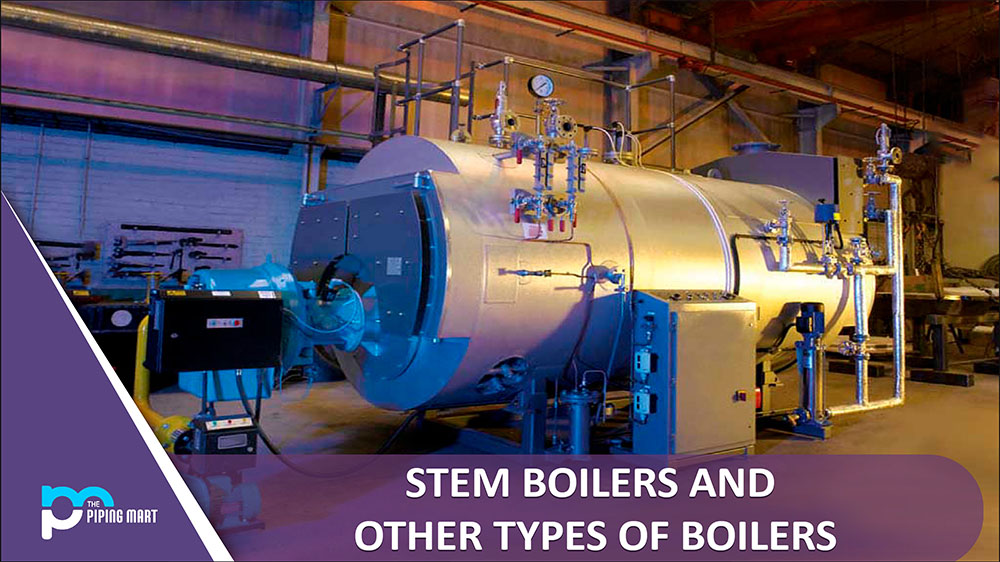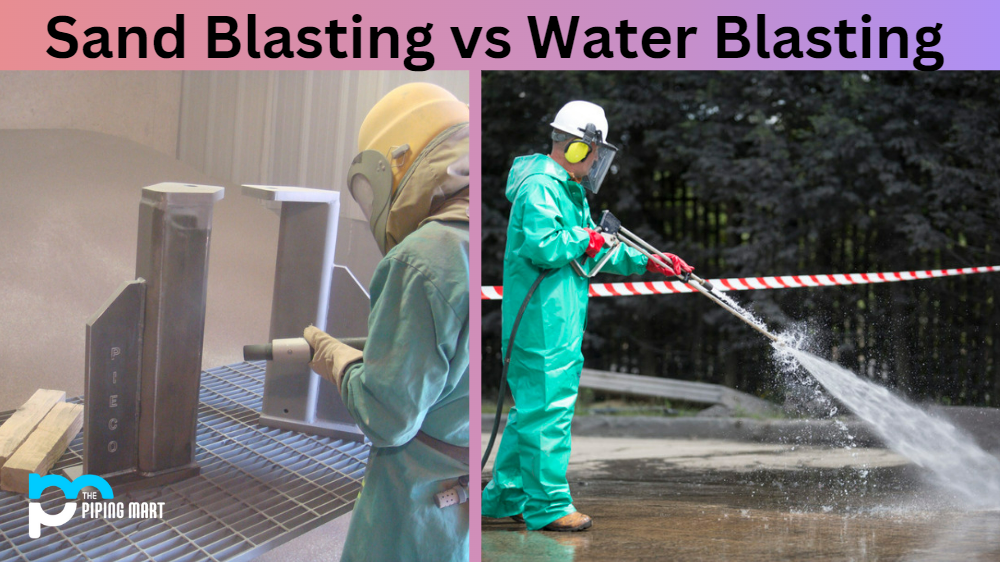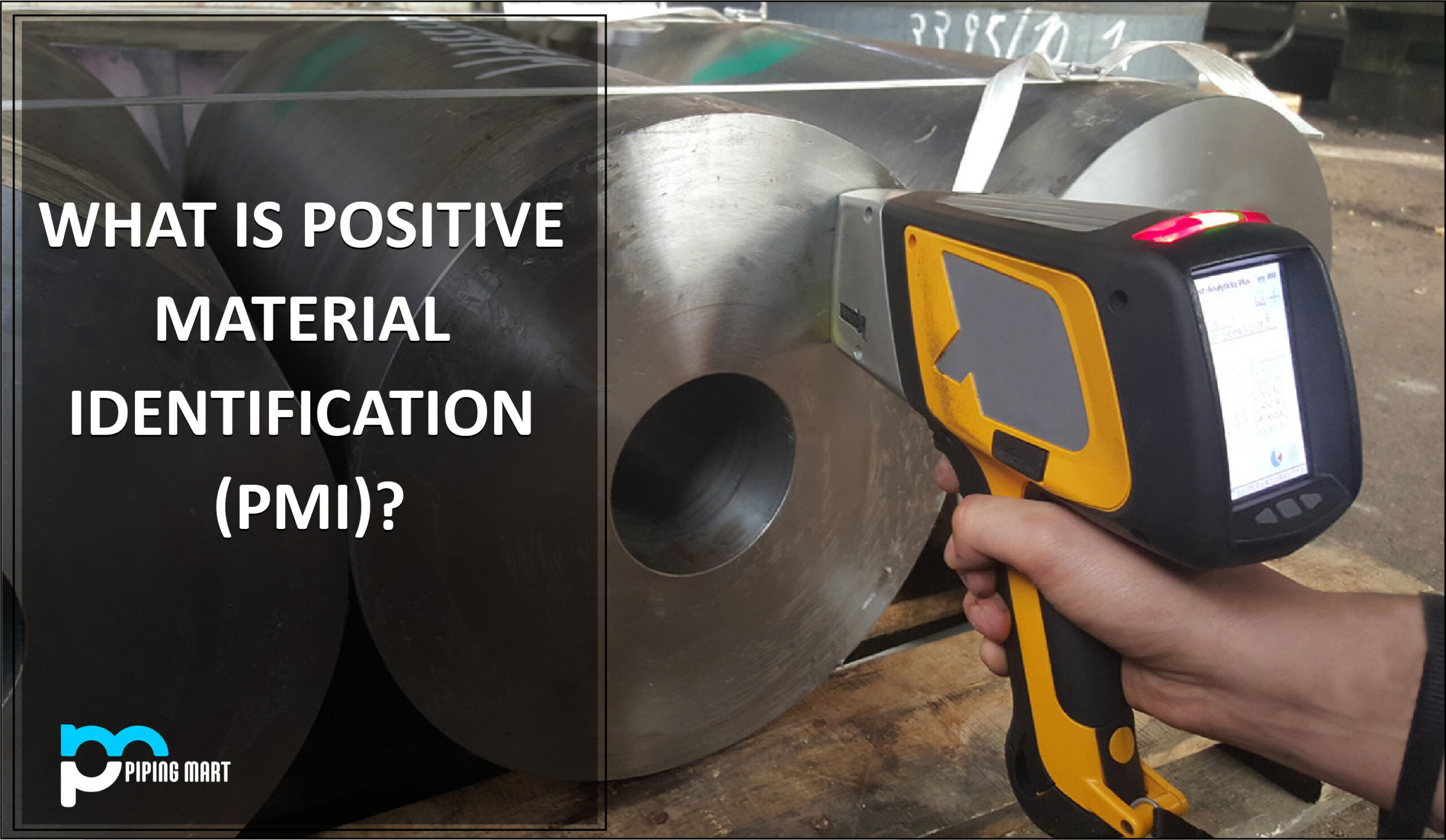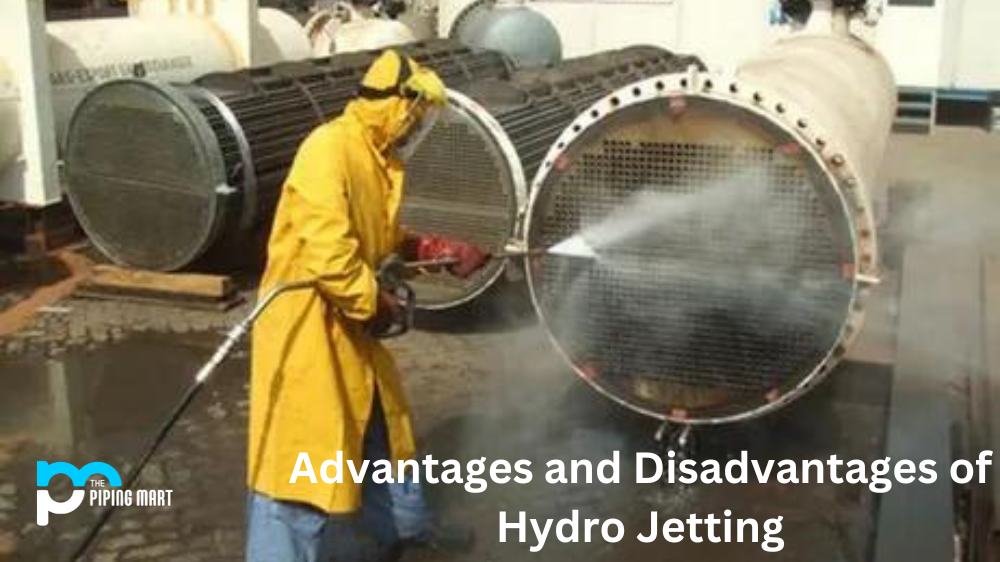What is a Steam Boiler?
A closed vessel called a boiler, often known as a steam boiler, is used to heat fluids, most often water. The liquid doesn’t need to boil. Exiting the boiler, the heated or vaporized fluid can be used in various heating processes or applications, including cooking, water heating, central heating, and boiler-based power generation. Thermal power plants must have boilers, and more specifically, steam boilers.
Working Principle of Boiler
The fundamental operation of a boiler is relatively straightforward to comprehend. In essence, the boiler is a closed container where water is kept. In a furnace, fuel is burned to produce hot gases, typically coal. These hot vapors come into contact with a water vessel, where their heat is transferred to the water, which then causes the boiler to produce steam.
The thermal power plant’s turbine is connected to this steam via a pipe. Numerous boiler types are used for various tasks, including running a production line, cleaning a space, sterilizing equipment, warming up the environment, etc.
Steam Boiler Efficiency
Steam boiler efficiency is the ratio of the total heat supplied by the fuel (coal) to the natural heat exported by the output steam. Thermal efficiency, combustion efficiency, and fuel-to-steam efficiency are all included. The size of the boiler is a factor in steam boiler efficiency. Steam boilers typically have an efficiency of 80% to 88%. Several losses occur, including incomplete combustion, radiating losses from the walls around steam boilers, faulty combustion gas, etc. The effectiveness of the steam boiler produces this outcome.
Types of Boiler
Boilers can be divided into water tube boilers and fire tube boilers. A fire tube boiler feeds hot gases through a series of tubes encircled by water. The opposite of a fire tube boiler is a water tube boiler. In a water tube boiler, hot gases surround the tubes that heat the water.
Fire Tube Boiler
As its name suggests, the fire tube boiler comprises a series of tubes through which hot gases are passed. Under a sealed vessel, these hot gas tubes are submerged in water. In a fire tube boiler, heated tubes are passed through a closed tank or shell that contains water. These fire tubes or hot gas tubes heated the water, turning it into steam, which remained in the same container.
A fire tube boiler cannot produce steam at very high pressure since the water, and the moisture is in the same vessel. It generally has a maximum output of 17.5 kg/cm2 and an hourly steam capacity of 9 metric tons.
Types of Fire Tube Boilers
Fire tube boilers come in various varieties, including exterior furnaces and internal furnace fire tube boilers. Again, external furnace boilers can be divided into three categories:
- Boiler with a horizontal return tube
- Boiler with a small firebox
- Smaller Boiler
Again, there are two essential internal furnace fire tube boilers: horizontal tubular and vertical tubular fire tube boilers. In low-capacity thermal power plants, horizontal return fire tube boilers are typically employed. It comprises a horizontal drum that has numerous horizontal tubes inside of it. There is water surrounding these tubes. The fuel, often coal, burns below these horizontal drums, and the combustible gases exit the fire tubes in the back and go into the smoke box at the front. Gases transfer heat into the water through tubes, causing steam bubbles. In the confined vessel, the boiler’s pressure increased as steam was produced.
Advantages of Fire Tube Boiler
The benefits of fire tube boilers are as follows:
- It is built in a very little space
- Demand changes for steam can be easily accommodated
- It is also reasonably priced
Disadvantages of Fire Tube Boiler
The drawbacks of fire tube boilers are as follows:
- Because the boiler needs a lot of water to operate, it takes a while for the steam to rise to the proper pressure.
- Since water and steam are in the same container, very high steam pressure is not conceivable.
- Fire tube boilers produce steam that is not overly dry.
Water Tube Boiler
A water tube boiler is a type in which hot gases surround heated water inside tubes. This is how a water tube boiler is generally defined. This boiler operates in the opposite manner of a fire tube boiler, which passes hot gases via tubes submerged in water.
Types of Water Tube Boilers
Many types of water tube boilers:
- Horizontal Straight Tube Boiler
- Bent Tube Boiler
- Cyclone Fired Boiler
Horizontal Straight Tube Boilers again can be sub-divided into two different types
- Longitudinal Drum Water Tube Boiler
- Cross Drum Water Tube Boiler
Bent Tube Boiler also can be sub-divided into four different types
- Boiler with two bent drums
- Low Head Three Drum Bent Tube Boiler
- Four Drum Bent Tube Boiler
- Three Drum Bent Tube
Advantages of Water Tube Boiler
The advantages of water tube boilers include the following –
- The fact that water tube boilers are primarily used in large thermal power plants is a result of their numerous advantages:
- More water tubes can be used to create a larger heating surface.
- Conventional flow causes water to move through the air considerably more quickly than in a fire tube boiler, which increases the heat transfer rate and boosts efficiency.
- Smoothly obtaining very high pressure on the order of 140 kg/cm2 is possible.
Problems with Water Tube Boilers
The drawbacks of fire tube boilers are as follows:
- The fact that a water tube boiler is not compact in design is its biggest drawback.
- It doesn’t come cheap.
- Size is a challenge in terms of transportation and building.

Pipingmart is B2B portal specializes in industrial, metal and piping products. Also, share latest information and news related to products, materials and different types grades to help business dealing in this industry.




